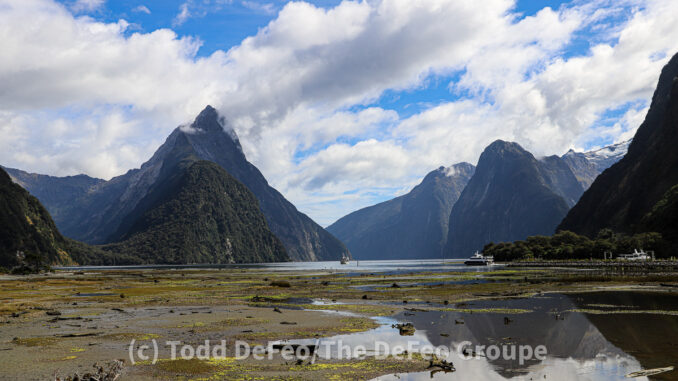
AUCKLAND, New Zealand — News of an American “influencer” who picked up a baby wombat, separating the animal from its mother, sparked outrage in Australia and topped the news headlines across the ditch in New Zealand.
While it sparked many headlines and media discussions worldwide, the American influencer’s actions are merely the latest instance of an “influencer” who has made a questionable decision and whose behavior has sparked outrage. It should also remind us that one’s behavior has potentially far-reaching ramifications.
Following the uproar, the influencer apologized.
“I’ve done a great deal of reflection on the situation and have realized that I did not handle this situation as best as I should have,” she said in a statement, according to ABC News. “I have learned from the situation and I’m truly sorry for the distress I’ve caused.”
It begs the question: Who is this person influencing with such action?
We need to take a step back and redefine influencers. Everyone with an Instagram account and a decent following isn’t necessarily an influencer.
Yet, marketers desperate for results often throw money at these people, paying them to post positive content about the offering, hoping the content goes viral and drives the masses into action.
As a marketer, I have long questioned the metrics proving influencers are having a positive impact — just because someone is posting doesn’t mean they’re influencing anyone’s actions.
Most of the time, influencers look silly doing whatever they do “for the Gram.” But other times, influencers are downright annoying and disruptive to the world around them.
No one needs me to tell them that social media has made many people even more selfish. It’s given many tunnel vision in the process.
The problem with too many influencers is that they think the world revolves around them, and they disrupt the travel experiences of others.
Too many people with nothing to say don’t hesitate to push their opinions when everyone would be better off if they didn’t. I’m not looking to silence anyone, but who is harmed by an “influencer” taking a moment to ponder what they post and the potential ramifications of their actions?
Even pointing to “lost profit” isn’t entirely accurate. One could argue that taking a moment to think about a post — and opting not to publish something controversial — might safeguard influencers’ money-making potential.
Let’s be clear. The problem isn’t somebody taking photos of their meal for a scrapbook. Everybody does that, and it’s not generally disruptive to the world.
The problem is the people taking up large swaths of the restaurant to stage a photo that indicates they are the only ones in the establishment or who pose as if they’re alone on the ledge of a cliff. How many headlines have there been about people dying or severely injuring themselves trying to take the perfect selfie?
People have done questionable acts on vacation long before influencers and will continue to do so if influencers ever go away. The problem with social media is that influencers can take their misdeeds to a global audience, begging another question: Who is to blame?
Is it the influencers’ fault? Or are the consumers who click on this content and drive the demand to blame?






